petrochemist
TPF junkie!
- Joined
- Mar 9, 2014
- Messages
- 1,873
- Reaction score
- 608
- Can others edit my Photos
- Photos OK to edit
My DSLR can't get close enough to the mirror on my Newtonian to reach infinity focus, but my mirrorless cameras can.
With the DSLR adding a barlow (as suggested by others above) solves the problem.
It also works OK projecting through the eyepiece & using a lens on the camera giving more magnification.
There are multiple ways of connecting camera & scope, investigate prime focus, afocal, positive projection & negative projection for the full range of options.
IMO Prime focus tends to give the best results, if your hardware permits it, but perhaps thats just because my eyepieces are cheap.
With the DSLR adding a barlow (as suggested by others above) solves the problem.
It also works OK projecting through the eyepiece & using a lens on the camera giving more magnification.
There are multiple ways of connecting camera & scope, investigate prime focus, afocal, positive projection & negative projection for the full range of options.
IMO Prime focus tends to give the best results, if your hardware permits it, but perhaps thats just because my eyepieces are cheap.


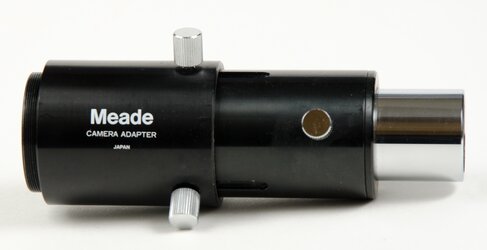

![[No title]](/data/xfmg/thumbnail/42/42485-78d600ec012514df268a482c4c59bb62.jpg?1619740196)
![[No title]](/data/xfmg/thumbnail/30/30878-f33da8abe01acde1dcee7898f41310e1.jpg?1619734493)

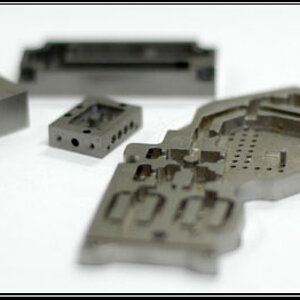
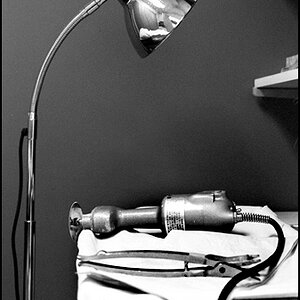
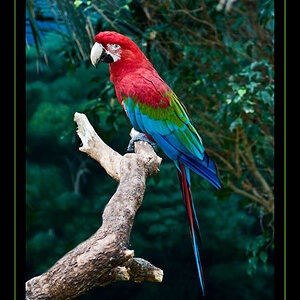
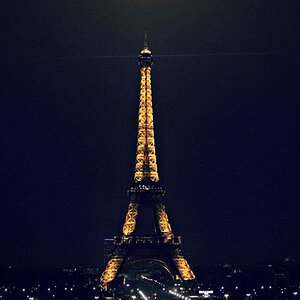
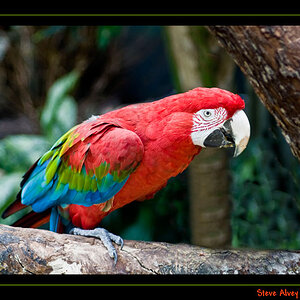
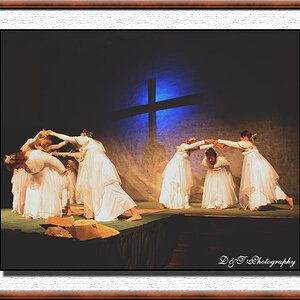
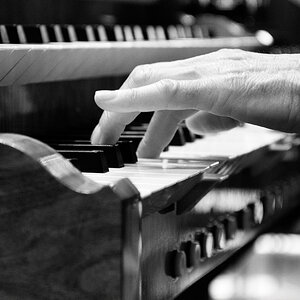
![[No title]](/data/xfmg/thumbnail/37/37622-530e264cdd98e6648079b89d7d3cd356.jpg?1619738153)